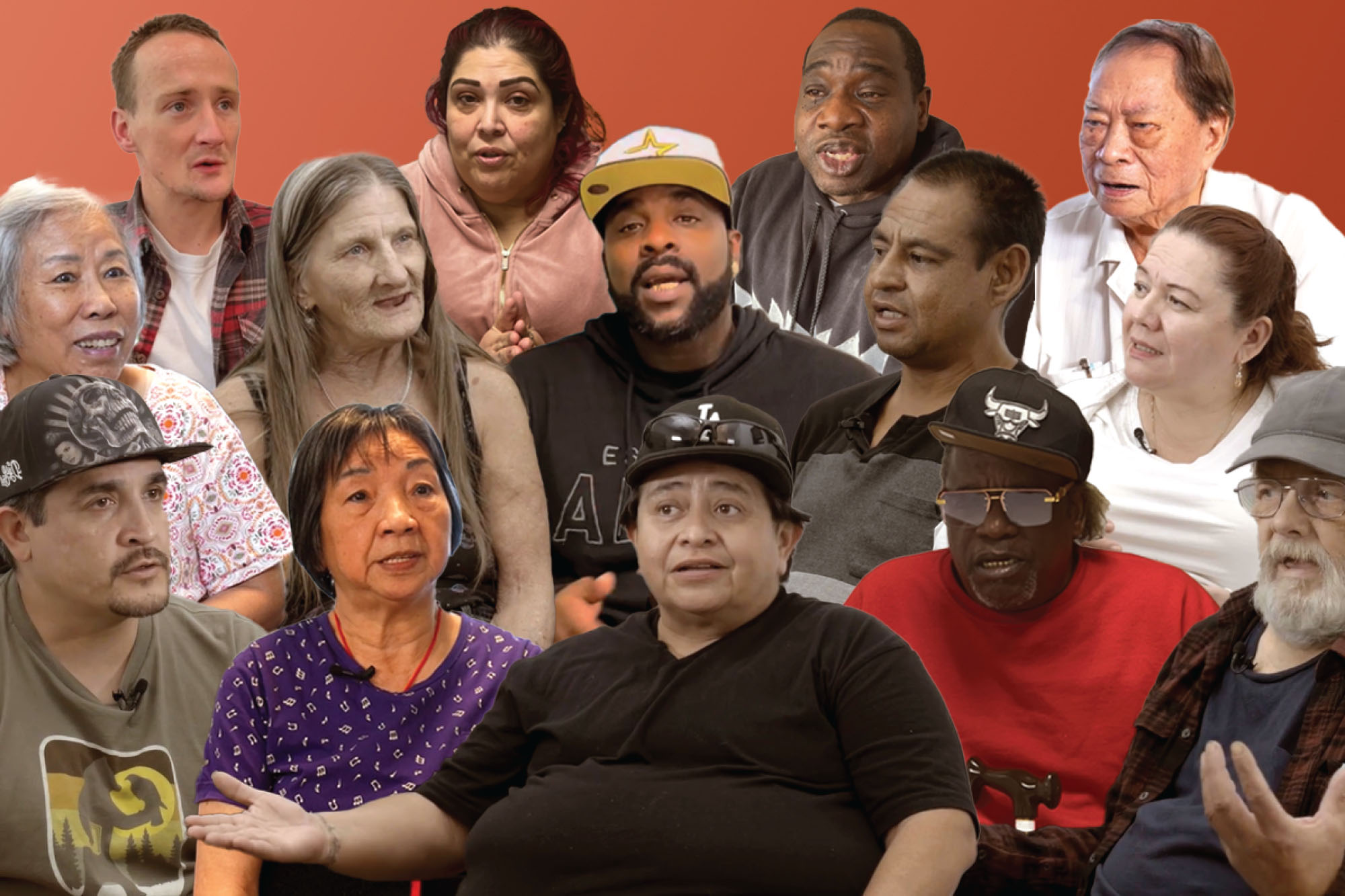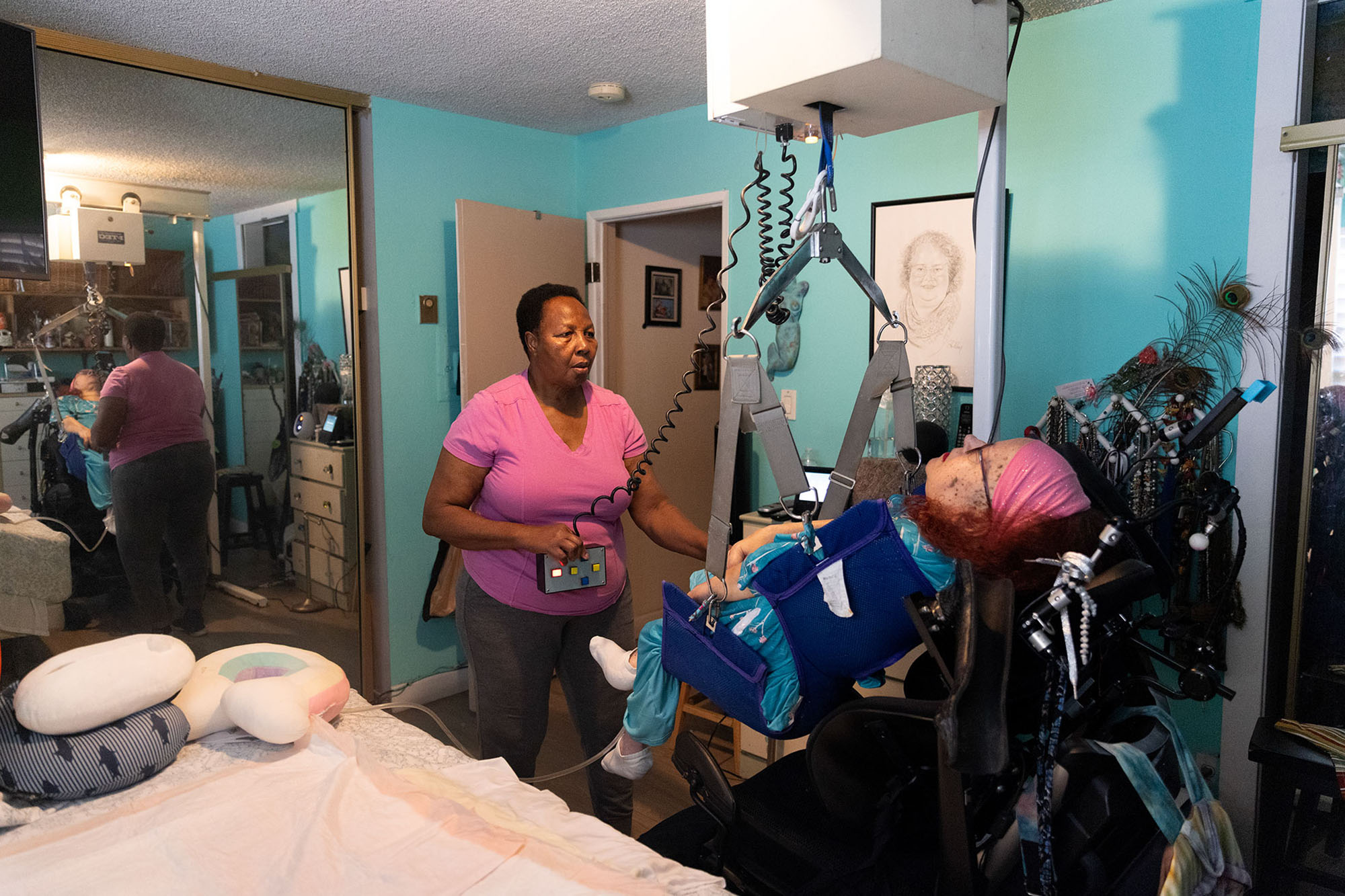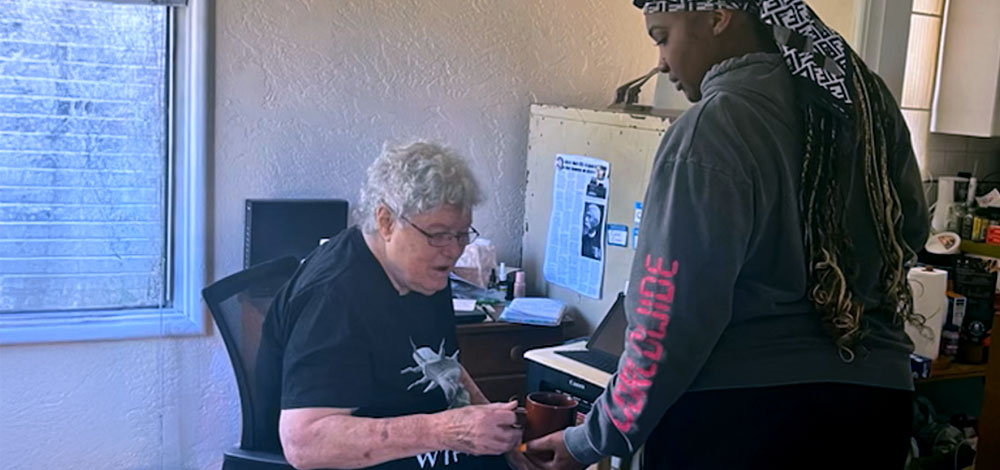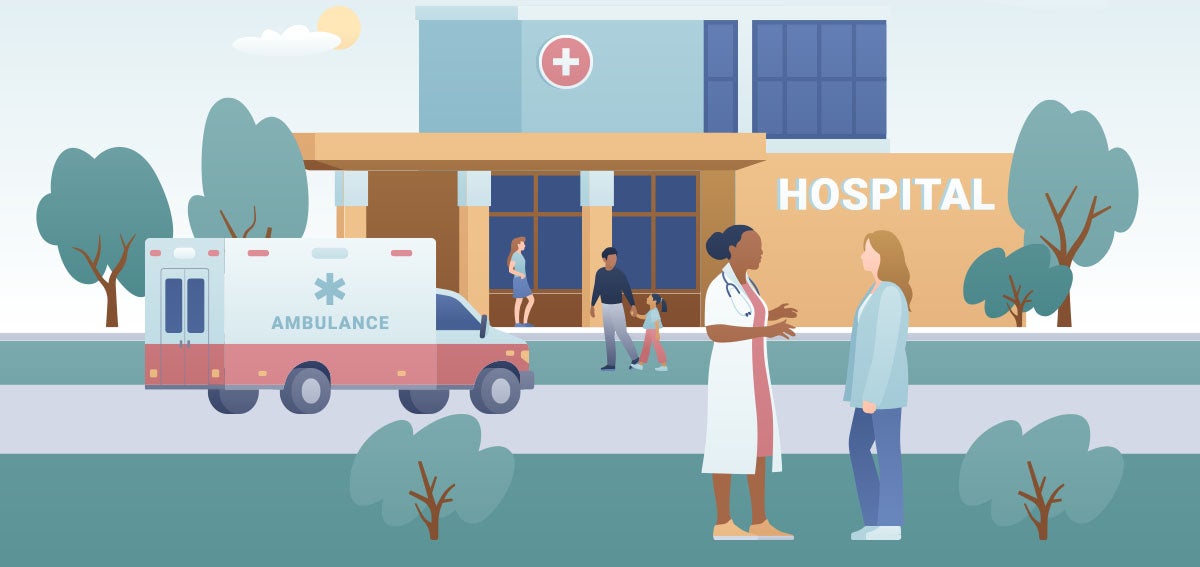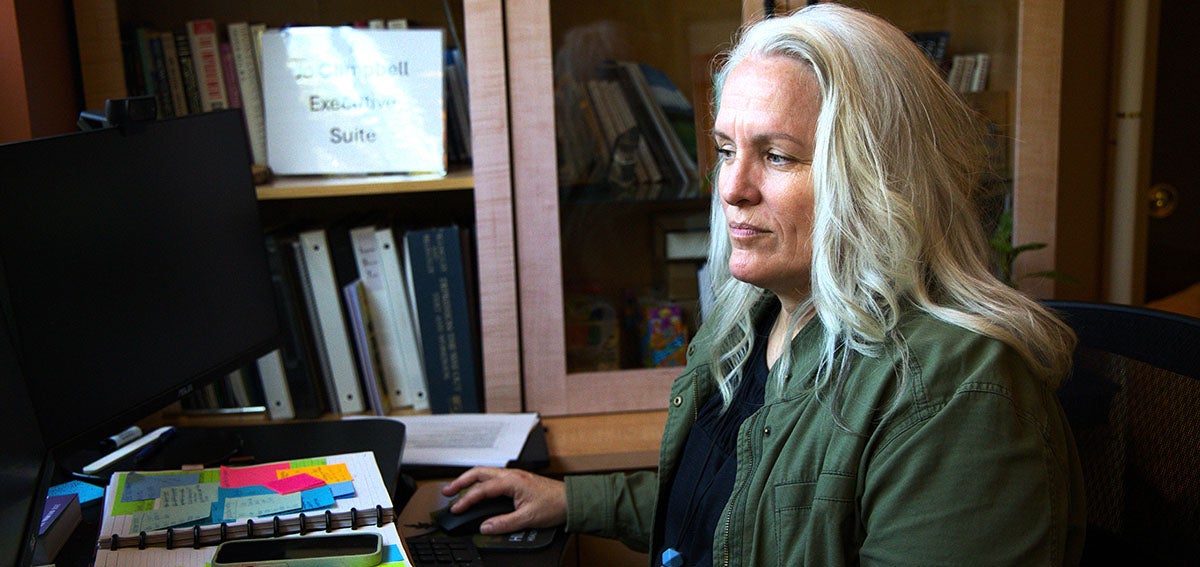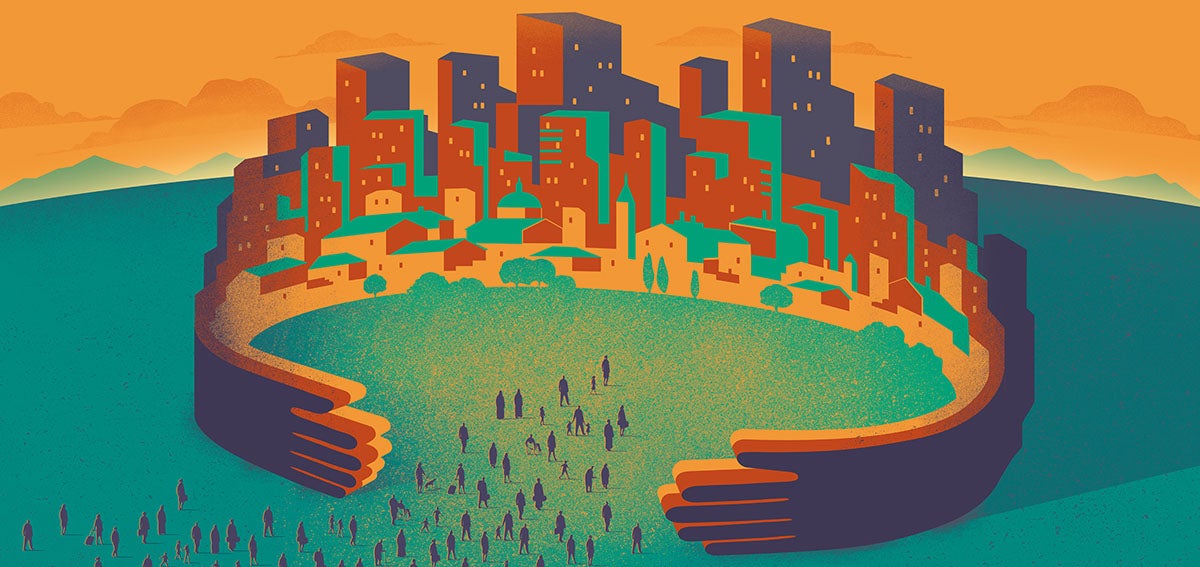
For decades, the state’s Medi-Cal program has delivered essential health services to millions of Californians, and it’s rightfully earned extremely strong public support from Californians as a result.
Still, the idea of Medi-Cal as a single program is a bit of a misnomer. It is a patchwork of different health programs among an even greater patchwork of social programs. Having such siloed and disconnected services has made it harder and harder for Californians to access the kinds of people-centered care that evidence shows is most effective and is also fundamental to building health equity. With every passing year, the need for comprehensive reform has grown.
After years of pilots and planning, that overhaul will finally begin with the long-awaited launch of the California Advancing and Innovating Medi-Cal (CalAIM) initiative. Governor Gavin Newsom called this effort a “once-in-a-generation opportunity to completely transform the Medicaid system in California,” and that’s not putting too fine a point on it. If federal approval is obtained, the California Department of Health Care Services (DHCS) will roll out the first wave of Medi-Cal reforms in January — the beginning of an expansive, multi-year process of integrating California’s health and social services into one seamless system.
Reforms on this scale are never simple. Important milestones must be met. Critical negotiations with the Biden administration must be completed before the program can move forward. And there is the immediate job of transitioning people from existing programs to new ones.
Even though there will be challenges on the journey, the end of the road holds the promise of a much more just and compassionate system.
An Enormous Asset with Inherent Challenges
No other public program in California comes close to the size, scope, and diversity of Medi-Cal. It provides care for more than half of the state’s school-age children, half of Californians with disabilities, and over one million seniors. It is a source of financial stability for nearly three million low-wage workers. It is the cornerstone of our mental health system and perhaps the state’s most powerful tool for treating drug and alcohol addiction and for addressing health challenges associated with homelessness. Almost 1 in 4 Black Californians and more than 1 in 3 Latinx Californians are enrolled in Medi-Cal, so it has an outsize role to play in driving health equity in the state.
To deliver services, Medi-Cal relies on 24 managed care health plans, numerous agencies across 58 county governments, and more than 130,000 Medi-Cal providers of every type. Over the years, California has implemented a wide range of reforms to improve care for specific groups. But those well-intentioned reforms have had the unintended consequence of creating more fragmentation.
Underpinning this problem is the complexity of government in California, where the state and counties each are responsible for delivering different health and social services. That has led to a system where, for example, the state Medi-Cal program contracts with health plans to provide care for physical and mild-to-moderate mental health conditions, while relying on counties to provide specialty mental health services, as well as treatment for substance use disorder.
At some level, this built-in inefficiency affects everyone enrolled in Medi-Cal. It especially hurts people with multiple chronic health and social needs: A working adult with diabetes and depression. A person experiencing homelessness who lives with sickle cell anemia and struggles with substance use. Or the entire family of a child with a physical disability who also has mental health concerns.
While people with highly complex needs represent roughly 5% of Medi-Cal enrollees, they account for up to 50% of Medi-Cal spending (PDF). They are eight times more likely than Medi-Cal enrollees overall to be hospitalized and five times more likely to use an emergency room. Many of these acute and costly crises could be avoided if the system was easier to navigate and if California adopted incentives for more preventive care and support.
The Transformation Opportunity
CalAIM has the potential to overcome this complexity, making it easier to address the needs of the whole person. There are four reasons why I am particularly hopeful. First, it is built on the successes of smaller-scale reforms. For example, Whole Person Care pilots helped communities learn how to improve connections between physical health and behavioral health care and social services. The pilots demonstrated the payoffs – better patient outcomes and fewer hospitalizations and emergency room visits. Second, it has support and leadership from every level of government and from a range of plan and provider stakeholders, which is key to getting different systems to work together. Third, it strives to align Medi-Cal’s reimbursement, data infrastructure, and workforce — key pillars of a functional health care system — with the overall goal of person-centered care. And finally, it complements DHCS’s other efforts to make health plans more accountable and to reduce racial and ethnic disparities within Medi-Cal.
Before launching CalAIM, California must negotiate a set of waivers with the federal Centers for Medicare & Medicaid Services to allow the state to start implementing some of the most significant reforms with federal financial support. One is enhanced care management, a new benefit that will provide members with a high-touch care coordinator to actively connect Medi-Cal patients to health and social services. The other is community supports, a menu of “non-clinical” services for which managed care plans can be reimbursed – things like medically tailored meals and housing navigation support. The state is also seeking $1.8 billion in federal funding to help build statewide capacity to ensure CalAIM is successful.
CalAIM is a major opportunity for California to advance toward many of the goals that get us out of bed in the morning. That starts with higher quality care and more equitable health outcomes across the entire Medi-Cal population. It includes improving and integrating care for people who are experiencing homelessness, people with behavioral health conditions, and older adults with complex needs. We are proud to live in a state that has embraced these objectives. We are inspired by the amazing work already being done at warp speed by counties, plans, community-based organizations, and providers to ready themselves for this major reform. To do our part to help achieve CalAIM’s goals, we are funding technical assistance, capacity-building, and research so that stakeholders have the tools and information they need to implement CalAIM effectively and assess its long-term impact.
The key to delivering people-centered care is having a people-centered system. In CalAIM, California has an unprecedented opportunity to get that right.
Authors & Contributors


Davide Bonazzi
Davide Bonazzi is a freelance illustrator who has worked for major publishers, advertisers, and institutions, including The New York Times, Wall Street Journal, Nike, Gatorade, Emergency, UNESCO, International Monetary Fund, Roche, and over 200 others worldwide. He was born and raised in Bologna, Italy, where he earned a degree at the Faculty of Arts and Humanities of the University of Bologna. He also studied illustration in Milan at the European Institute of Design and at the Academy of Fine Arts of Bologna. Davide aims to create clever visual solutions to represent complex topics, as well as narrative, witty images. His style combines digital media with textures of scanned found objects, to give his illustrations a warm and evocative atmosphere.
His work has been recognized by the Society of Illustrators of New York, Communication Arts, American Illustration, 3×3 ProShow (Bronze medal 2018), Folio (Ozzie Award 2017), Bologna Children’s Book Fair, Creative Quarterly, Hiii Illustration (Grand Prix 2017), and World Illustration Awards. He was featured in Lürzer’s Archive 200 Best Illustrators Worldwide 2016/17 and 2018/19.

